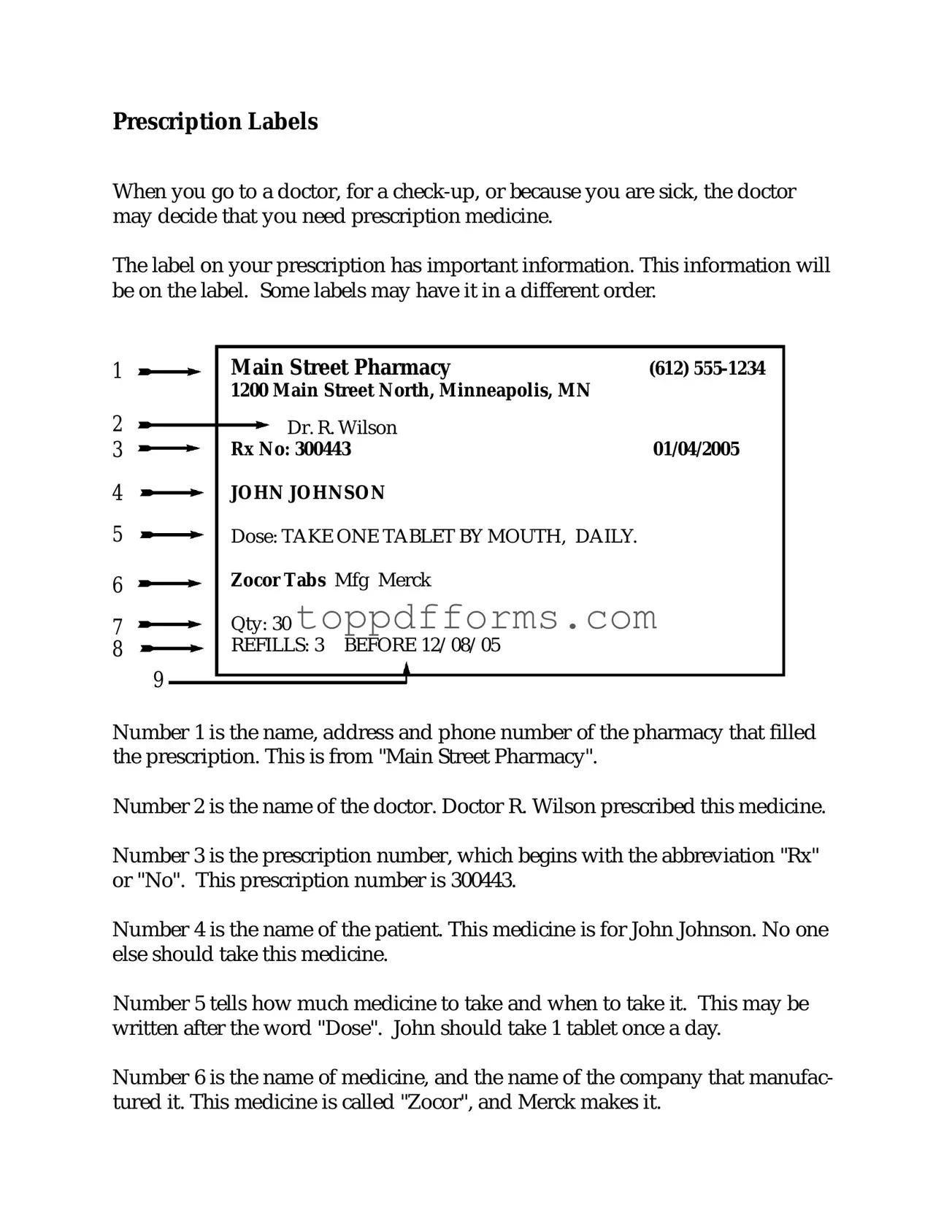What is a Prescription Label form?
A Prescription Label form is a document used to provide essential information about a prescribed medication. This form typically includes the patient's name, the prescribing physician's details, the medication name, dosage instructions, and any relevant warnings or precautions. It serves as a guide for both the patient and pharmacist to ensure safe and effective use of the medication.
Who needs to use the Prescription Label form?
This form is primarily utilized by healthcare providers, such as doctors and pharmacists, when prescribing and dispensing medication. Patients also benefit from it, as it helps them understand how to properly take their medication. In some cases, caregivers or family members may need to refer to the form to assist patients with their medication regimen.
How do I fill out a Prescription Label form correctly?
Filling out a Prescription Label form involves providing accurate and clear information. Start by entering the patient's full name and any identification numbers if required. Next, include the prescribing physician's name and contact information. Clearly state the medication name, dosage, and frequency of administration. Additionally, add any special instructions or warnings that may be necessary for the patient's safety. Always double-check for accuracy to prevent any potential medication errors.
What should I do if the information on the Prescription Label is incorrect?
If you notice any inaccuracies on the Prescription Label, it is crucial to address the issue immediately. Contact the pharmacist or healthcare provider who issued the label to request corrections. It is essential to have accurate information to ensure proper medication use and avoid any adverse effects. Do not take the medication until the label has been corrected.
Are there any legal requirements for Prescription Labels?
Yes, there are legal requirements governing Prescription Labels. These requirements can vary by state, but generally, they mandate that certain information must be included on the label, such as the patient's name, medication name, dosage, and instructions for use. Compliance with these regulations is vital to ensure patient safety and to protect healthcare providers from potential liability. Always consult local laws and regulations to ensure adherence to the specific requirements in your area.
